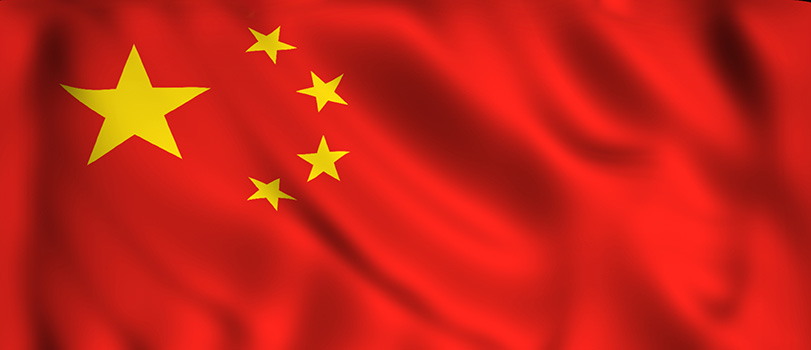©2025 Keller and Heckman, LLP
China Approves New Food-Contact Materials; Proposes New Standards

On February 20, 2021, China National Health Commission (NHC) approved 2 new food-contact materials, 3 additives for expanded usage and 1 new resin. The substances and specifications are listed below.
New Food-Contact Materials
- Calcium hydroxide (CAS no. 1305-62-0) for use in PP at a maximum use level of 0.05%.
- Alkanes, C11-15-iso- (CAS no. 90622-58-5) for use in printing inks (indirect contact with food) at a maximum use level of 90% and a specific migration limit (SML) of 12 mg/kg. Other quality specifications and base material specifications apply. When used in PET/PE composite materials, T≤100°C,t≤1h; When used in PET, BOPP, LDPE, and paper, the use condition may be filled or long-term storage at room temperature (including T≤70°C, t≤2h or hot filling and pasteurization when T≤100°C, t≤15min); Printing ink containing this substance may not be used in contact with infant food or breast milk contact materials or articles.
Food-Contact Materials with Expanded Use
- C.I. Pigment Blue 15 (CAS no. 147-14-8) for use in PCT at a maximum use level of 0.25% and a SML of 5 mg/kg (as copper). PCT materials and articles containing this substance may not contact with food containing more than 50% ethanol. Additionally, this substance must comply with the purity requirements for colorants in GB 9685 Appendix A.
- Glass fiber (CAS no. 65997-17-3) for use in PTFE at a maximum use level of 25%.
- Talc (CAS no. 14807-96-6) for use in adhesives at the necessary dosage.
New resin
- The resin, 2-Propenoic acid, 2-methyl-, polymer with N-(butoxymethyl)-2-propenamide, ethenylbenzene and ethyl 2-propenoate (CAS no. 26589-46-8) for use in coatings and coating layers with SMLs of 6 mg/kg (as methacrylic acid); 6 mg/kg (as acrylic acid); and non-detectable (ND) for N-(butoxymethyl)-2-acrylamide, where detection limit (DL) is 0.01mg/kg. Food contact coatings and coating layers containing this substance may not be used to contact acidic food, fatty food, infant food or breast milk, and the use temperature may not exceed 121°C.
On February 8, China NHC proposed four new standards impacting food-contact materials. These are:
- Determination of benzophenones and determination of migration
- Determination of migration of laurolactam
- Decolorization test
- Determination of migration of bisphenol F and bisphenol S
Comments on the proposed standards are due by March 31, 2021.